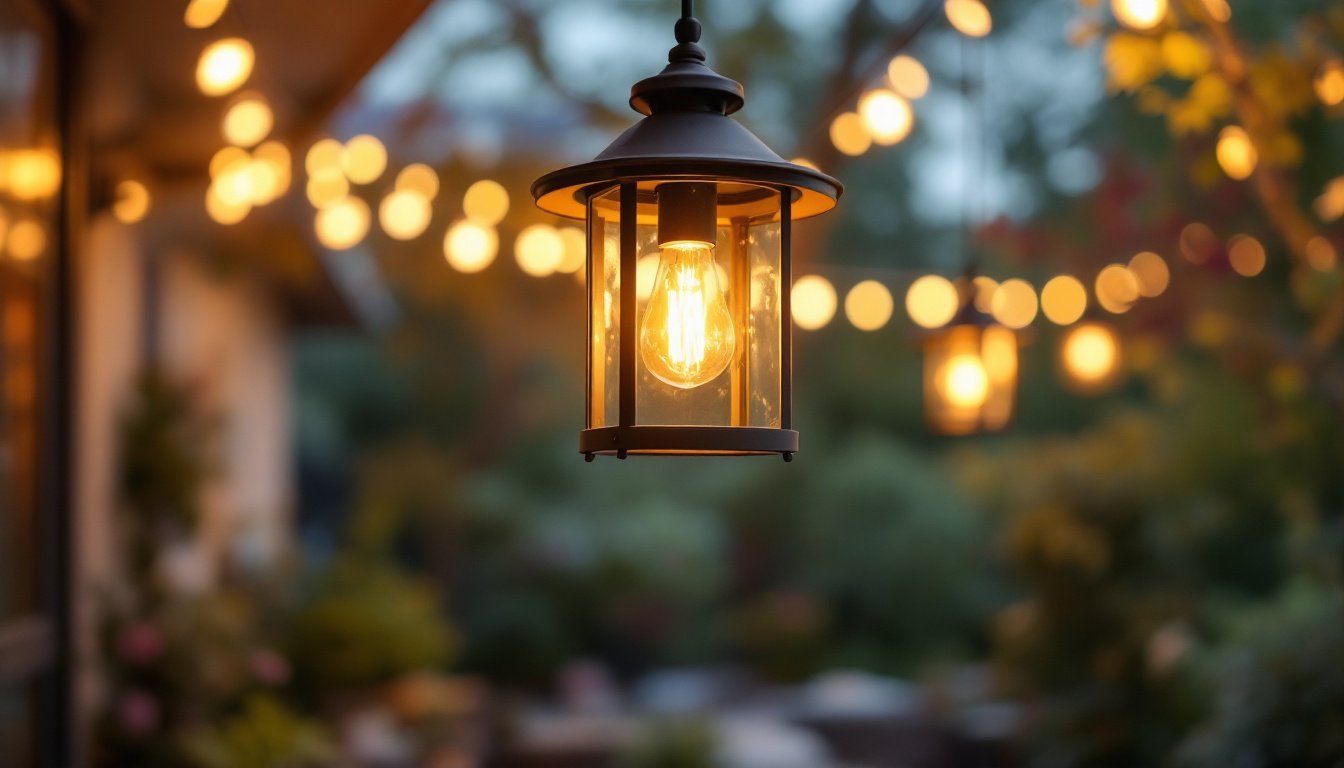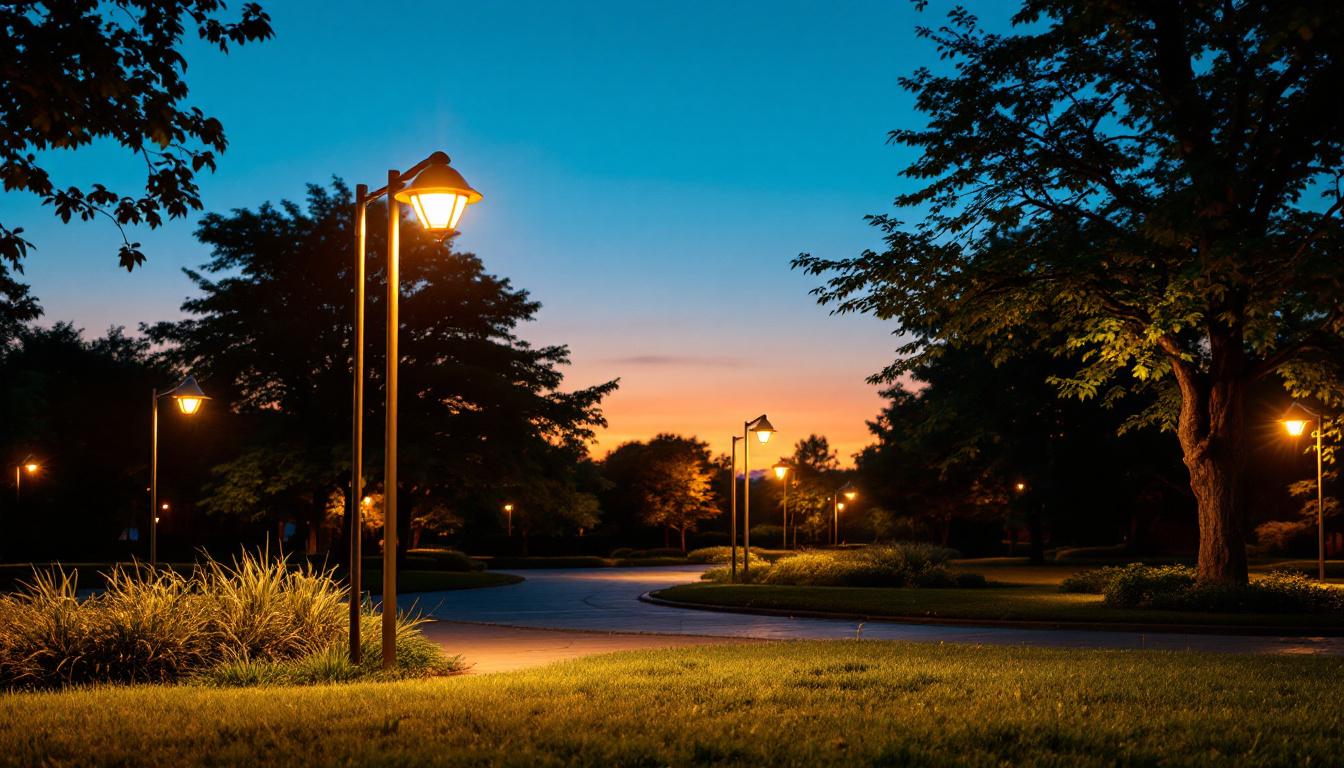
The Maestro Motion Sensor Switch is a cutting-edge device designed to enhance energy efficiency and convenience in both residential and commercial lighting systems. By utilizing advanced motion detection technology, this switch automatically turns lights on and off based on occupancy, making it an invaluable tool for lighting contractors looking to offer modern solutions to their clients.
Incorporating such technology not only improves user experience but also contributes to energy conservation, which is increasingly important in today’s eco-conscious market. As lighting contractors, understanding how to set the timer on these switches can significantly enhance the service offered to clients, ensuring that installations are optimized for performance and efficiency.
One of the standout features of the Maestro Motion Sensor Switch is its customizable timer settings. This allows users to adjust how long the lights remain on after motion is no longer detected, ranging from as little as a few seconds to several minutes. This flexibility ensures that the lighting system can be tailored to fit the specific needs of different spaces, whether it be a bustling hallway or a quiet office.
Additionally, the switch is designed for easy installation, making it a favorite among lighting contractors. With a straightforward wiring process and compatibility with various types of lighting, including incandescent, LED, and CFL, the Maestro switch can be integrated into existing systems with minimal disruption. This ease of installation not only saves time but also reduces labor costs, making it an attractive option for contractors looking to maximize their efficiency on the job.
Moreover, the Maestro Motion Sensor Switch features a sleek and modern design that complements a variety of interior styles. Its unobtrusive appearance allows it to blend seamlessly into any environment, whether it’s a contemporary office space or a traditional home. The switch also includes a manual override option, allowing users to control the lights manually when needed, providing an added layer of flexibility. This dual functionality caters to different user preferences and situations, ensuring that the lighting can be adapted to suit any occasion.
In addition to its aesthetic appeal and functional versatility, the Maestro Motion Sensor Switch is equipped with advanced sensitivity settings. Users can fine-tune the sensor’s responsiveness to motion, ensuring that it activates only when necessary. This feature is particularly beneficial in spaces with varying levels of foot traffic, as it helps prevent unnecessary energy consumption while maintaining safety and convenience. By understanding these features, lighting contractors can effectively communicate the benefits of the Maestro switch to their clients, positioning themselves as experts in energy-efficient lighting solutions.
Setting the timer on the Maestro Motion Sensor Switch is not just a matter of convenience; it plays a crucial role in optimizing the functionality of the lighting system. A properly configured timer can lead to significant energy savings and improved user satisfaction.
For lighting contractors, understanding the importance of timer settings can enhance their reputation as knowledgeable professionals who prioritize client needs. This knowledge can also lead to increased referrals and repeat business, as clients appreciate the added value of a well-functioning lighting system.
One of the primary reasons to focus on setting the timer correctly is the potential for energy efficiency. By ensuring that lights are only on when needed, clients can reduce their energy consumption, leading to lower utility bills. This is particularly important in commercial settings where lighting can account for a significant portion of energy costs.
Lighting contractors who emphasize the importance of timer settings can help clients understand the long-term financial benefits. By providing a clear explanation of how these settings work and the potential savings, contractors can position themselves as trusted advisors in energy management. Additionally, many utility companies offer incentives or rebates for energy-efficient upgrades, which can further motivate clients to invest in properly configured lighting systems. This not only enhances the contractor’s value proposition but also aligns with broader sustainability goals that many businesses are striving to achieve.
Another critical aspect of setting the timer is the impact on user experience. A well-timed motion sensor switch can create a seamless interaction with the lighting system, ensuring that lights come on when needed and turn off promptly when no longer required. This not only enhances convenience but also contributes to safety, particularly in areas where visibility is crucial.
By educating clients on how to adjust the timer settings, lighting contractors can empower them to customize their lighting experience. This level of personalization can lead to higher satisfaction rates and a greater likelihood of clients recommending the contractor’s services to others. Furthermore, an intuitive lighting system can significantly improve the ambiance of a space, making it more inviting and comfortable. For instance, in residential settings, homeowners can set timers to align with their daily routines, ensuring that lights are on during evening hours when they return home, creating a warm welcome and enhancing security.
Moreover, the integration of smart technology with motion sensors allows for even more sophisticated control over lighting. Clients can utilize mobile apps to adjust settings remotely, monitor energy usage, and receive notifications when lights are activated. This level of control not only enhances user engagement but also fosters a sense of ownership over their lighting environment, making it an integral part of their lifestyle.
Setting the timer on the Maestro Motion Sensor Switch is a straightforward process, but it does require attention to detail. Below is a step-by-step guide to help lighting contractors master this essential skill.
1. **Turn Off Power**: Before making any adjustments, ensure that the power to the switch is turned off at the circuit breaker. Safety should always be the top priority.
2. **Access the Switch**: Remove the faceplate of the switch to access the adjustment settings. This typically involves unscrewing a few screws.
3. **Locate the Timer Adjustment**: The Maestro switch will have a small dial or button that controls the timer settings. Consult the manufacturer’s instructions for specific details on its location.
4. **Adjust the Timer**: Using a small screwdriver or your fingers, turn the dial or press the button to set the desired timer duration. Options usually range from 30 seconds to 30 minutes.
5. **Reassemble and Test**: Once the timer is set, replace the faceplate and turn the power back on. Test the switch by walking in front of the sensor to ensure it activates and deactivates as expected.
While setting the timer on the Maestro Motion Sensor Switch is generally a simple task, lighting contractors may encounter a few common challenges. Being prepared to address these issues can enhance the installation experience for clients.
One of the most common challenges is related to sensor sensitivity. If the sensor is too sensitive, it may trigger lights with minimal movement, while if it’s not sensitive enough, it may not activate when someone enters the room. Adjusting the sensitivity settings can often resolve this issue.
Contractors should familiarize themselves with the sensitivity adjustment options available on the Maestro switch. Providing clients with guidance on how to fine-tune these settings can lead to a more satisfactory experience.
Environmental factors such as drafts, pets, or even furniture placement can affect the performance of the motion sensor. If the sensor is obstructed or if there are frequent movements in the area, it may not function as intended.
Lighting contractors should advise clients on the best placement for the sensor and how to mitigate potential environmental impacts. This proactive approach can prevent frustration and ensure optimal performance.
The advantages of incorporating Maestro Motion Sensor Switches into lighting designs extend beyond just energy savings and user convenience. They also contribute to a more sustainable approach to lighting design.
Motion sensor switches enhance safety by ensuring that areas are well-lit when occupied. This is particularly important in commercial settings, where poorly lit areas can pose safety risks. Additionally, the presence of motion-activated lighting can deter potential intruders, adding an extra layer of security to properties.
Lighting contractors can highlight these safety and security benefits to clients, reinforcing the value of investing in modern lighting solutions.
As energy efficiency regulations become more stringent, incorporating motion sensor switches can help clients comply with local codes. Many jurisdictions offer incentives for energy-efficient installations, making it financially advantageous for clients to adopt such technologies.
Being knowledgeable about these regulations allows lighting contractors to provide informed recommendations, positioning themselves as experts in energy-efficient lighting solutions.
As the demand for energy-efficient and user-friendly lighting solutions continues to grow, lighting contractors must stay ahead of the curve. Mastering the Maestro Motion Sensor Switch and its timer settings is a vital skill that can enhance service offerings and improve client satisfaction.
By focusing on the importance of timer settings, understanding common challenges, and emphasizing the numerous benefits of motion sensor technology, contractors can position themselves as leaders in the industry. Embracing these advancements not only benefits clients but also paves the way for a more sustainable future in lighting design.
Ready to elevate your lighting installations with the Maestro Motion Sensor Switch? Look no further than LumenWholesale for the highest quality lighting solutions. Our spec-grade products come at unbeatable wholesale prices, ensuring you get the best value for your investment. Say goodbye to middleman markups and hello to superior performance and reliability. Plus, with free shipping on bulk orders, you can stock up on Maestro switches and all your lighting needs without any hidden fees. Don’t compromise on quality or price. Visit LumenWholesale now and experience the convenience of premium wholesale lighting at the best value.

Discover the frequent pitfalls lighting contractors encounter when installing hanging porch light fixtures.

Discover the key differences between Envisionled and its competitors in the lighting industry.

Discover essential tips and strategies to avoid costly errors in park lighting projects across Canada.

Discover the essential insights lighting contractors need to meet client expectations when dealing with LED fluorescent tubes.